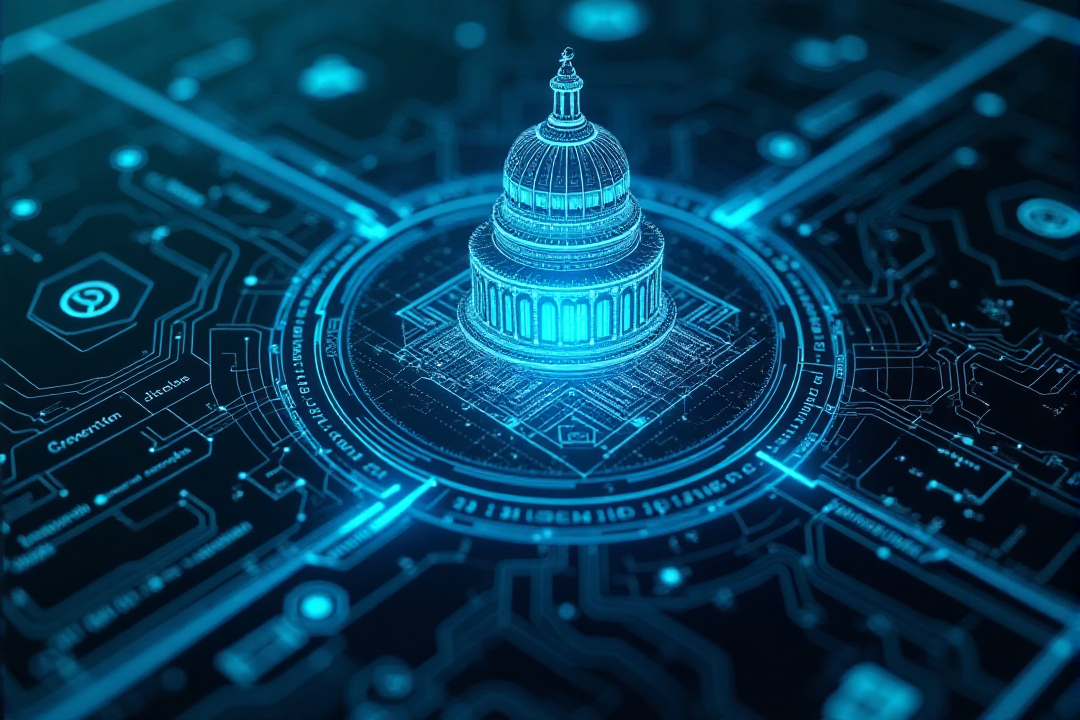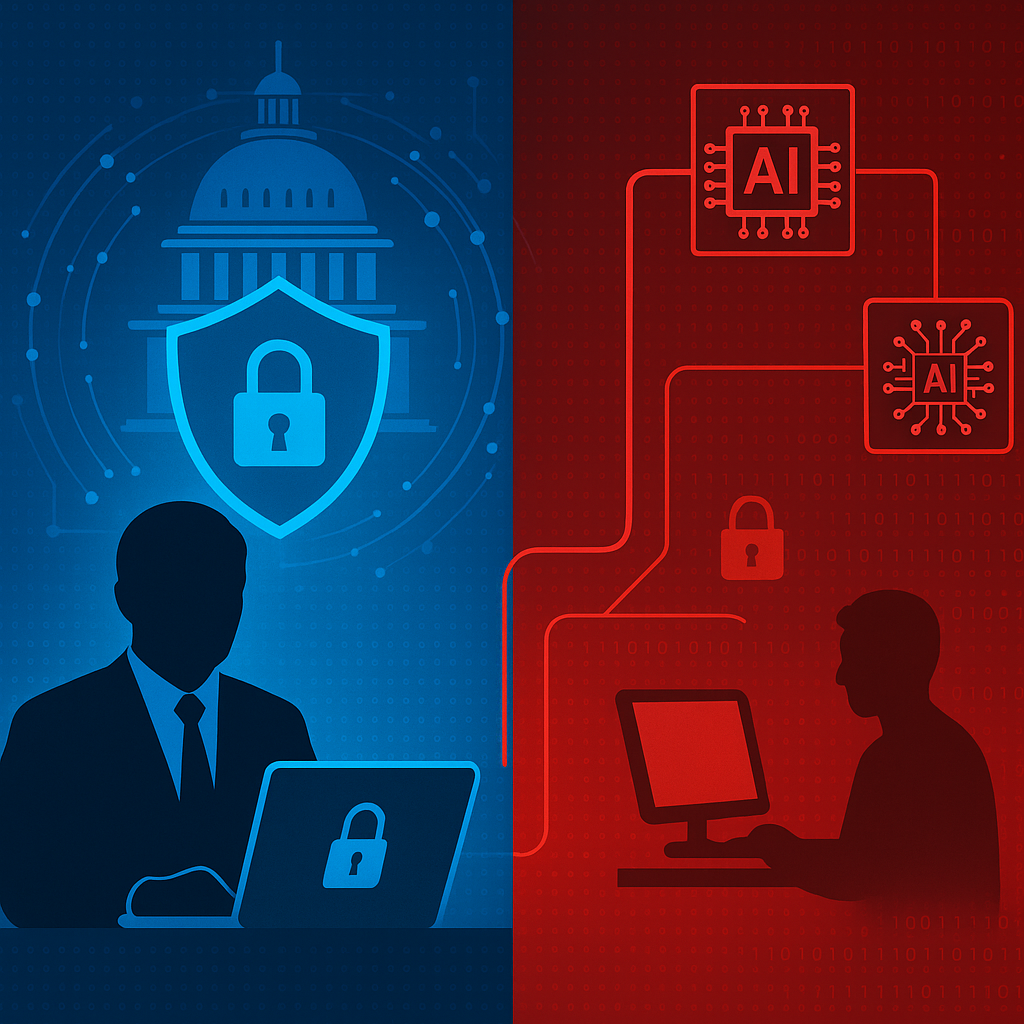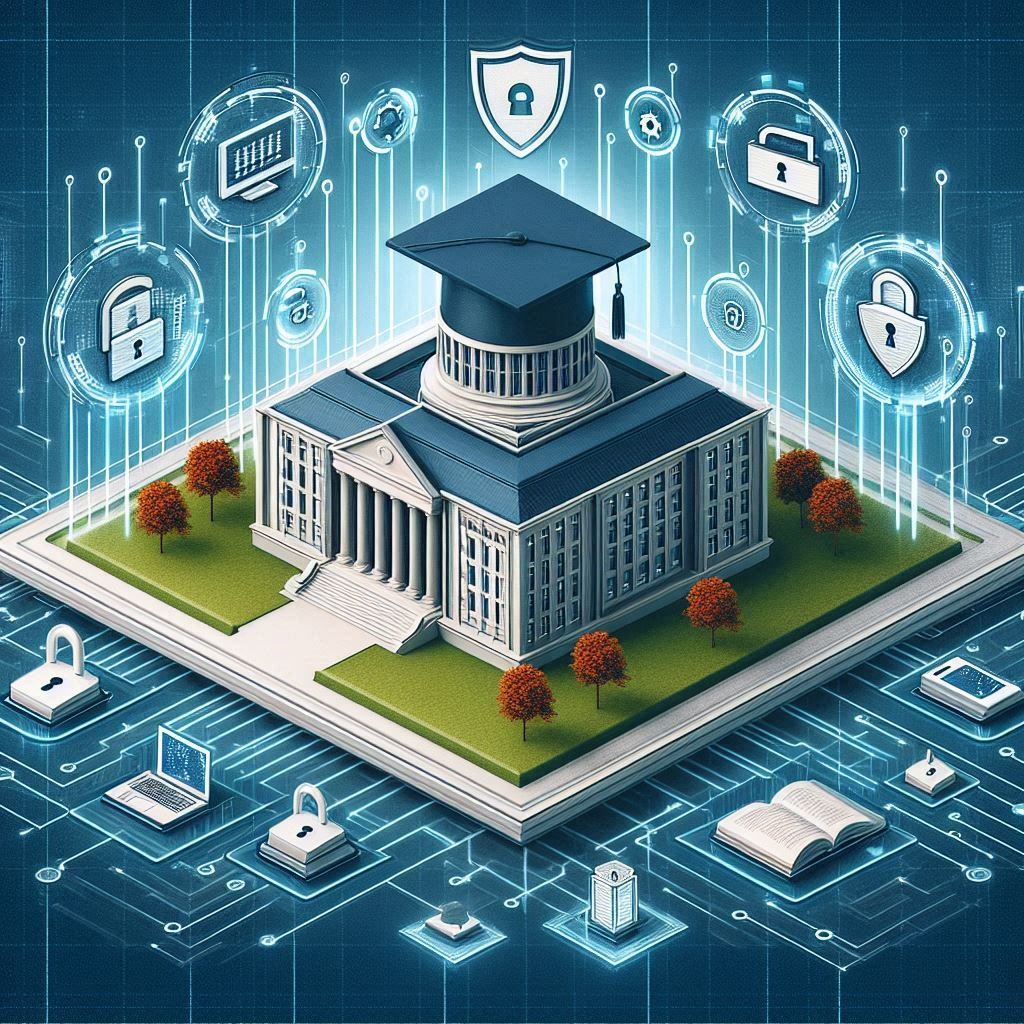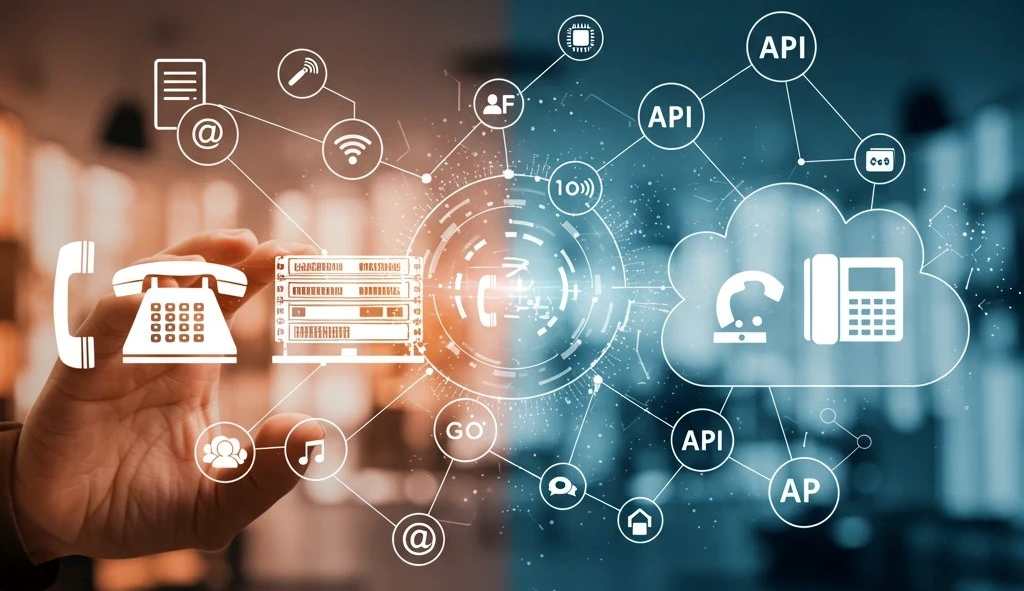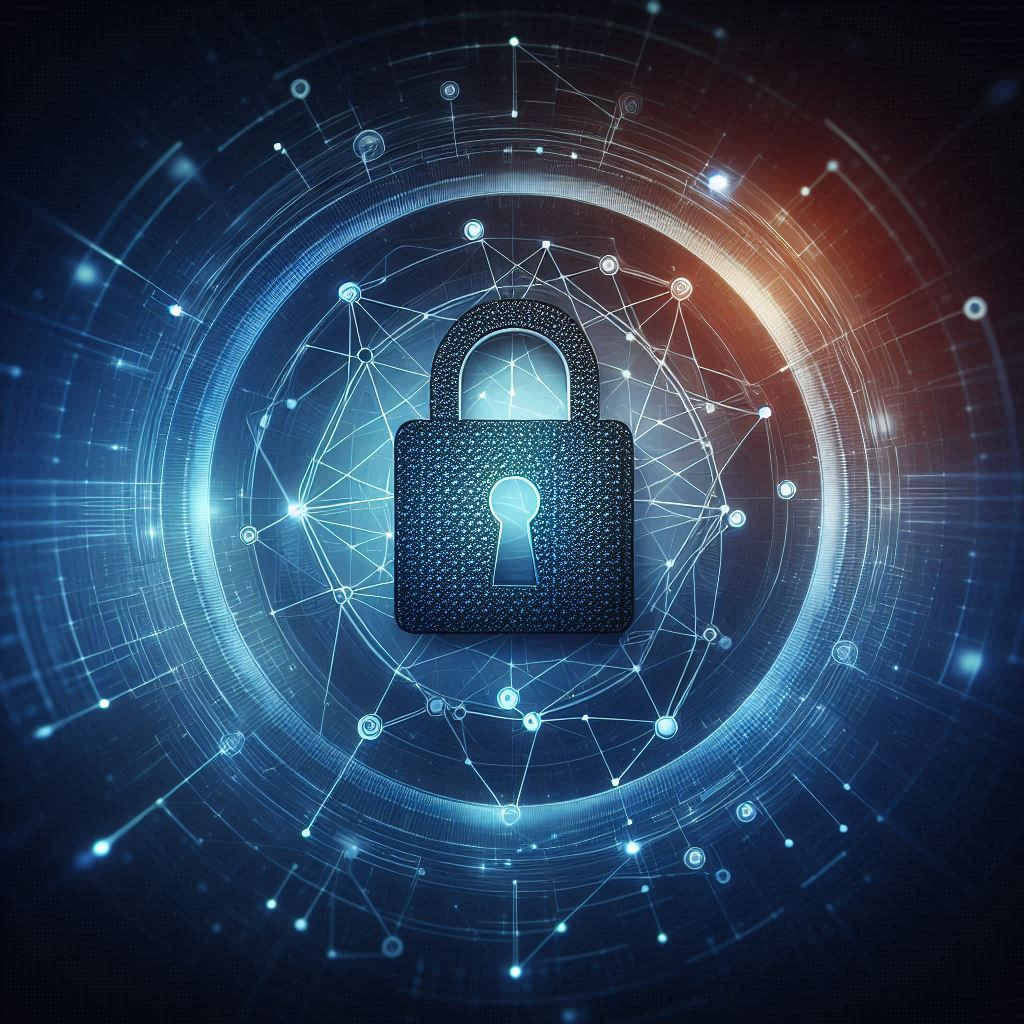Cybersecurity for Remote Work: Protecting the Weakest Link
Lessons in balancing robust systems and human vulnerability
Remote work has unlocked new levels of flexibility for employees, but it has also stretched the boundaries of cybersecurity. IT professionals have worked tirelessly to secure systems with tools like virtual desktops, VPNs, and multi-factor authentication (MFA), yet one truth remains: no system is immune to human error.
From personal experience, I’ve learned that even the most locked-down environment can be undone by a single text message or email. This post explores how balancing system security with user awareness is vital in safeguarding remote teams.
When Systems Fail to Protect Against Human Behavior
At one company working remote, I experienced firsthand how restricted systems can push users to take risks. We used a virtual desktop that seemed to crawl whenever I needed it most. Waiting for it to load was like watching paint dry and was agonizingly slow. Inevitably, I gave up and bypassed the VPN to log into my accounts directly on my device. A dangerous workaround, yes, but productivity had to happen somehow.
This scenario underlines a crucial point: your cybersecurity is only as strong as its weakest link. And that weakest link is often the users. No matter how much we lock down our systems, the moment they become cumbersome or slow, people will find ways around them... sometimes in ways that leave sensitive data exposed.
For IT professionals, this poses a serious challenge. While robust security measures like VPNs and virtual desktops are essential, they must also deliver a seamless user experience. Otherwise, security becomes an obstacle rather than an enabler.
The Danger of Phishing Scams: The Human Factor
Even when systems are secure, human vulnerability remains a key concern. I learned this the hard way early in my remote work career when I received a text message claiming to be from the CEO. It was urgent, “Text me immediately!” The timing couldn’t have been worse; I was heading out to lunch and seriously caught off guard as a brand-new employee. Fortunately, I didn't respond and reached out to my manager when I got back to my desk (the only contact I had at the time), and he directed me to IT where they confirmed it was a phishing scam.
It was a moment of realization for me, while we often focus on locking down systems, we can’t forget that cybersecurity is also about empowering employees to recognize threats. No amount of encryption or MFA can prevent a breach if a user unknowingly hands over sensitive information. This is why IT professionals must prioritize educating employees and creating systems that support cautious behavior rather than fast reactions.
Why Security Is Only as Strong as Its Weakest Point
Phishing scams exemplify the truth that the weakest link in any system is often human vulnerability. You can have the best tools in place, but a single well-timed text or email can unravel everything. Here’s why it matters:
- Unpredictability of Attacks:
Unlike system-based breaches, phishing attacks directly target human behavior. They exploit urgency and emotional responses, bypassing many of the technical safeguards IT puts in place. - Accessibility to Hackers:
It’s easier to send a fraudulent text message than to crack a company’s encrypted database. This makes phishing one of the most common and effective forms of cyberattacks. - Broad Impact:
If one employee clicks a malicious link or shares credentials, it can cascade across the entire organization, compromising even the most well-protected systems.
Acknowledging these realities is the first step in creating a cybersecurity strategy that addresses both technology and human vulnerability.
Best Practices for Strengthening Your Weakest Links
Here’s how IT professionals can make systems secure while empowering employees to avoid costly mistakes:
- Enhance System Speed and Reliability:
Optimize tools like VPNs and virtual desktops to ensure employees don’t feel tempted to bypass them. A well-functioning system reduces frustration and risky workarounds. - Educate and Train Employees:
Regularly educate teams on phishing risks and cybersecurity basics. Focus on the psychology of attacks how they exploit urgency and teach employees to pause before acting. - Implement Multi-Factor Authentication:
Even if credentials are compromised in a phishing attack, MFA ensures that additional layers of verification protect critical systems. - Foster Reporting Without Fear:
Encourage employees to report suspicious emails or texts promptly. When employees feel supported, they’re more likely to flag issues before they escalate. - Create Robust Verification Processes:
Implement clear guidelines for verifying unusual requests, especially those that claim to come from executives or leadership. A quick call or email to confirm legitimacy can prevent major incidents.
These practices ensure that your systems are secure while addressing the unpredictable nature of human behavior.
Finishing Thoughts
Cybersecurity isn’t just about systems, it’s about people. As IT professionals, we can build the strongest walls, but the smallest crack a text message or email can bring it all down. By balancing robust technologies like VPNs, MFA, and virtual desktops with thoughtful employee education and support, we can protect against both technical vulnerabilities and human error.
The lesson I learned whether circumventing slow systems or dodging phishing scams is that security must work hand-in-hand with usability. Only then can we create remote work environments that are both productive and safe.
For more insights on digital transformation in regulated industries, follow my latest posts on The Deady Group or contact us for more information.
Share on Socials
